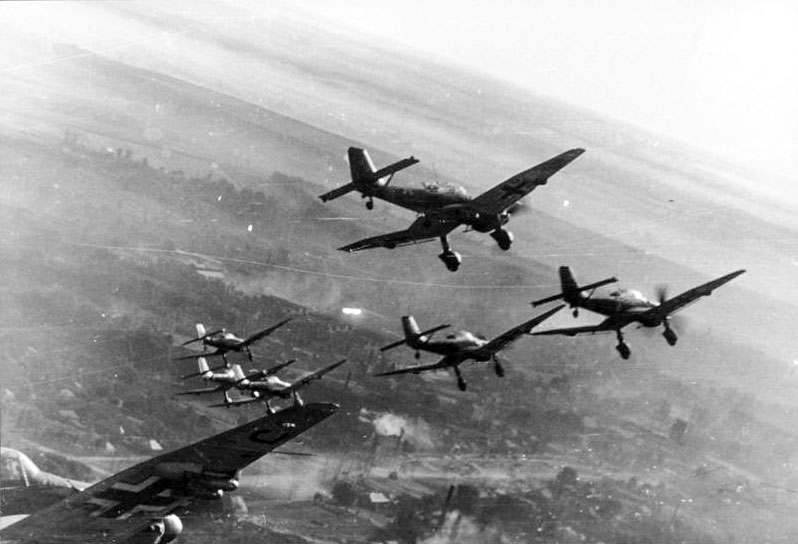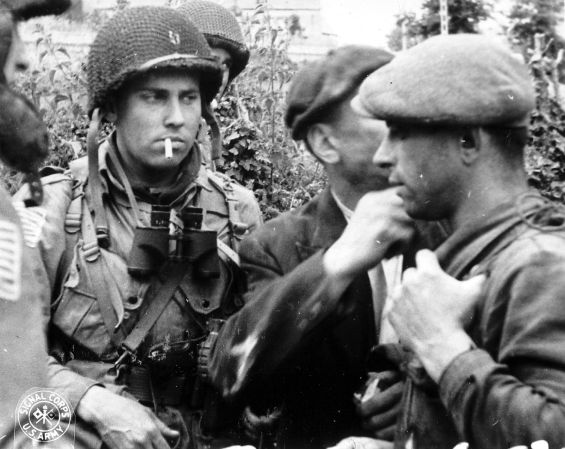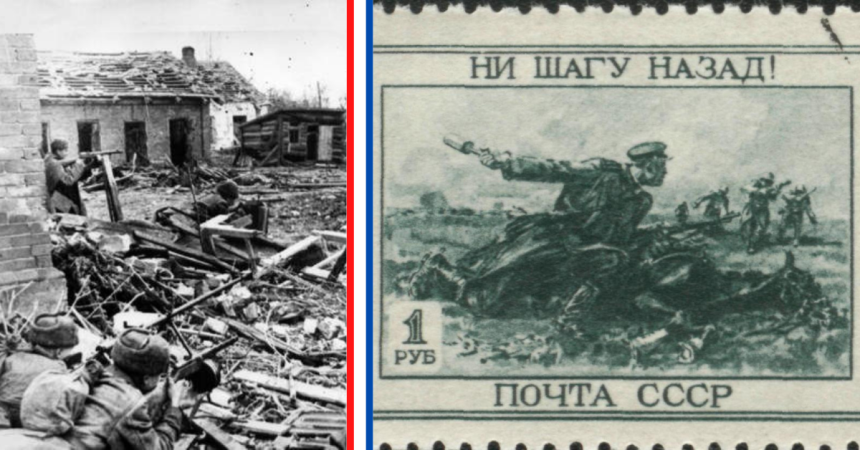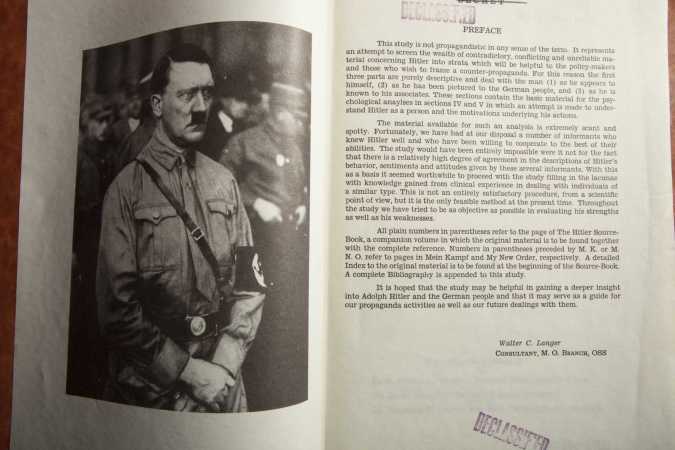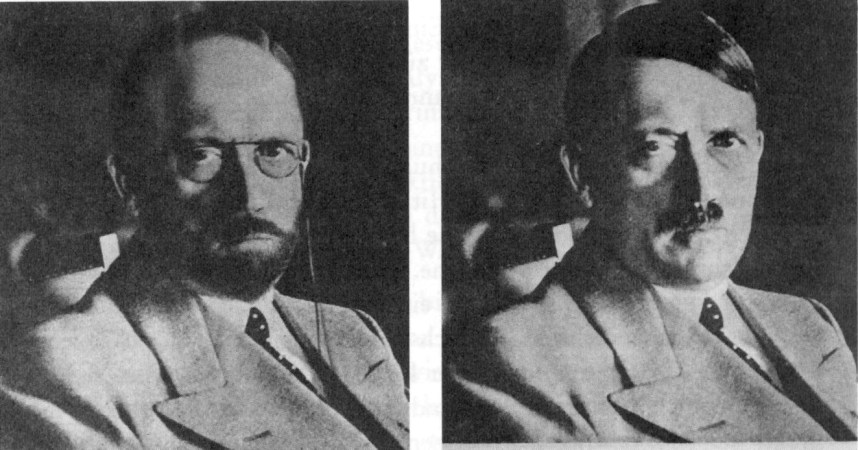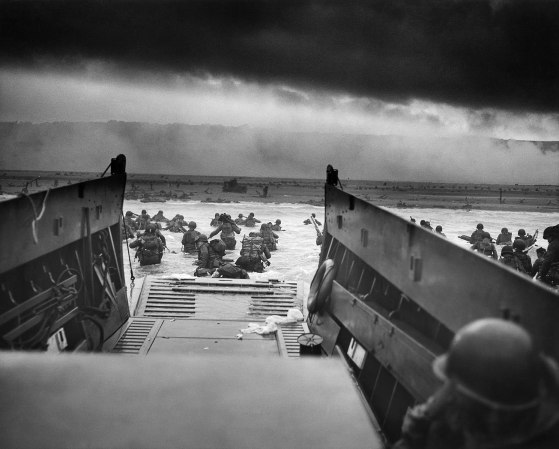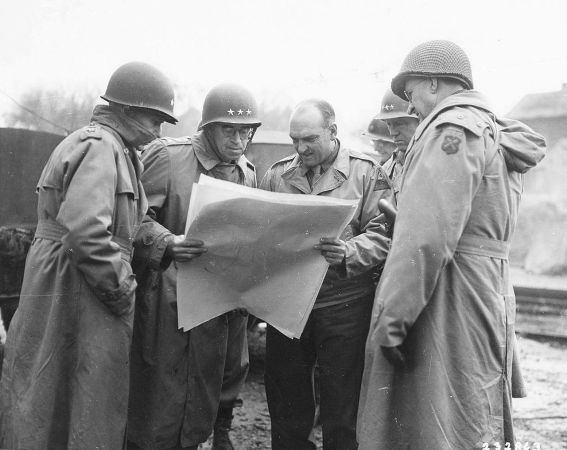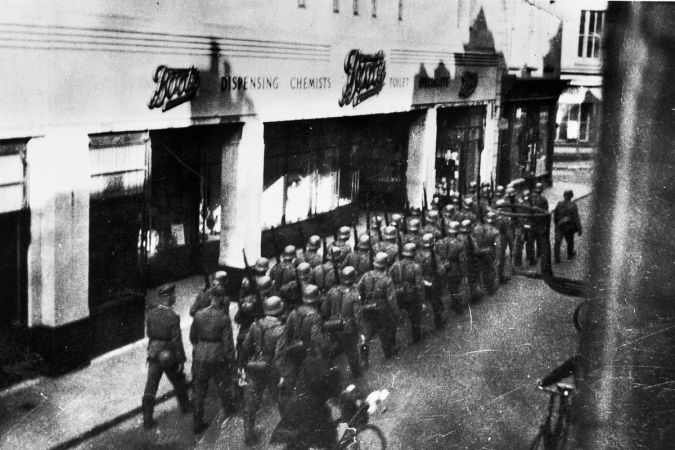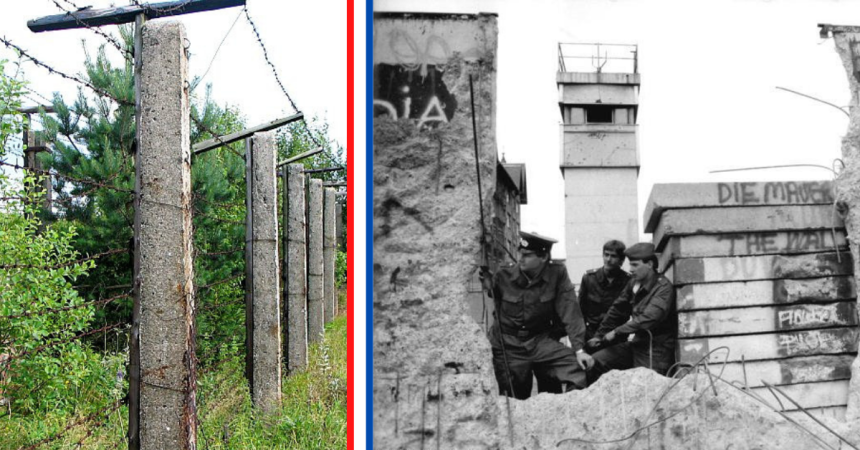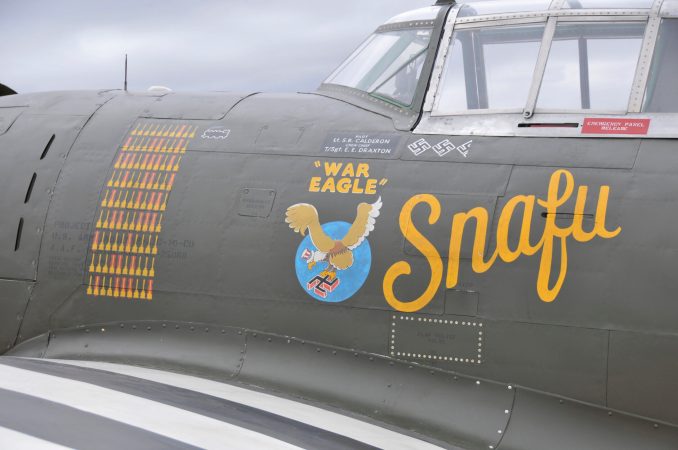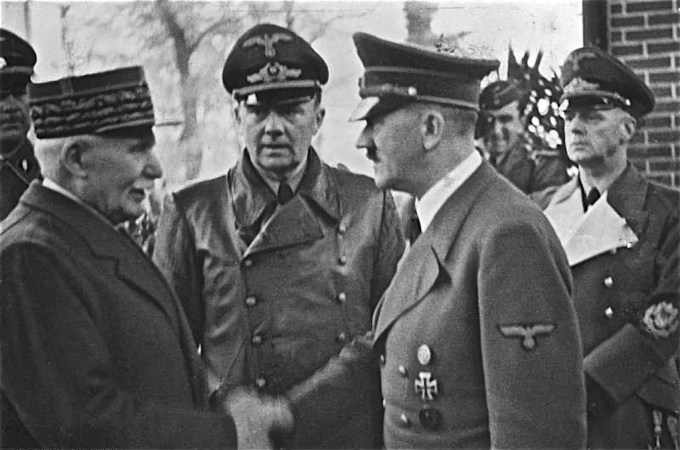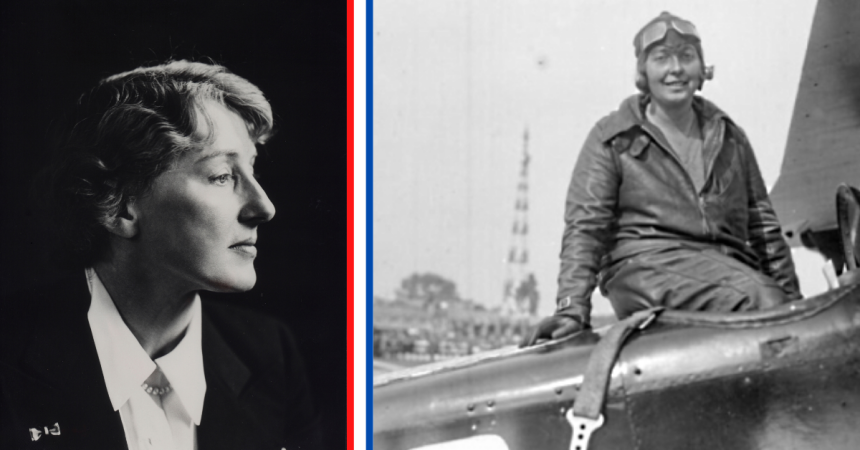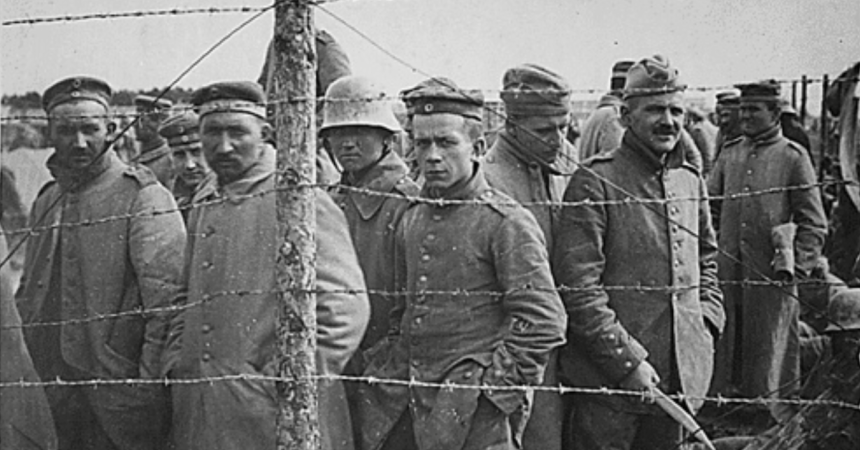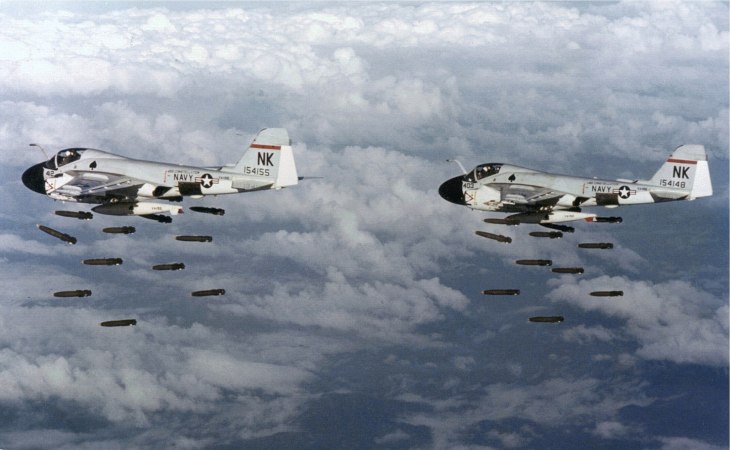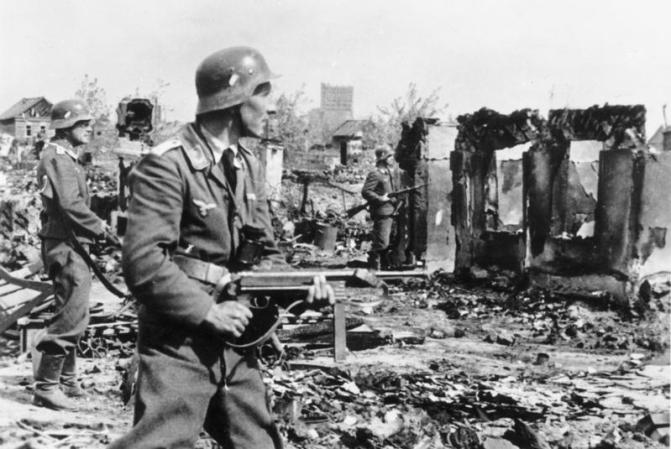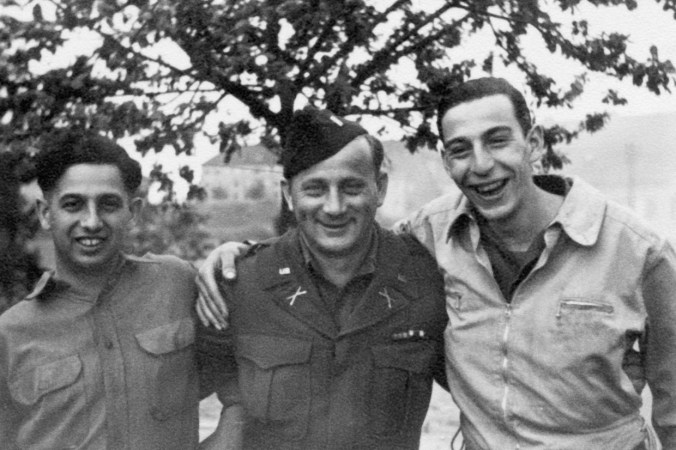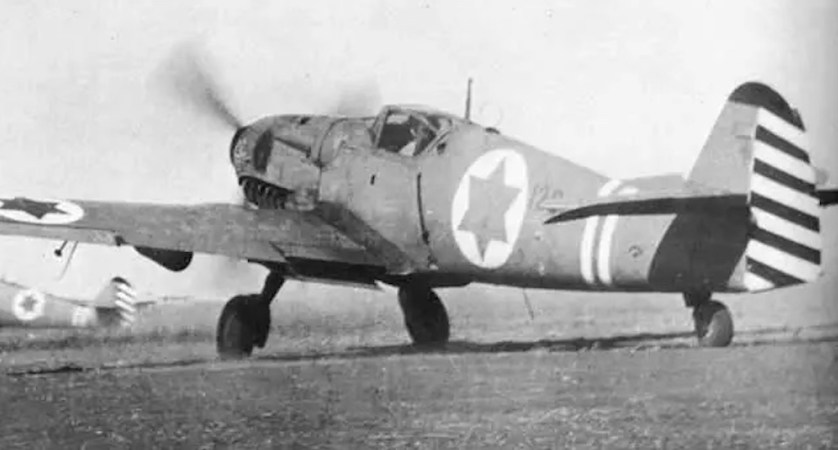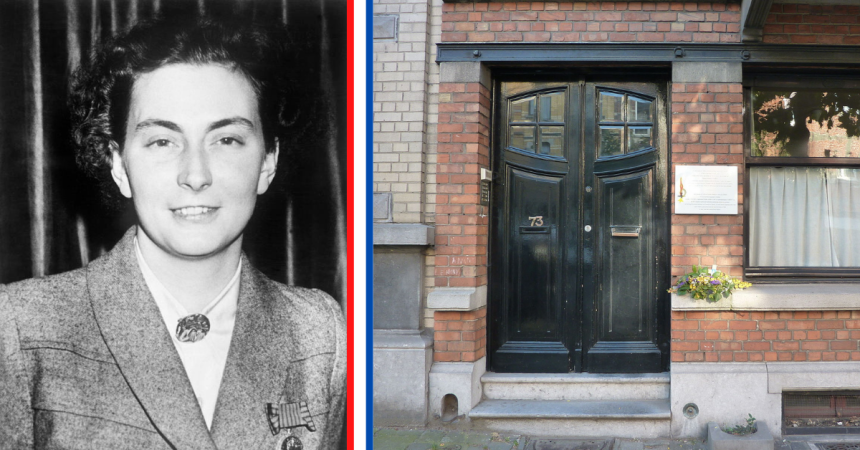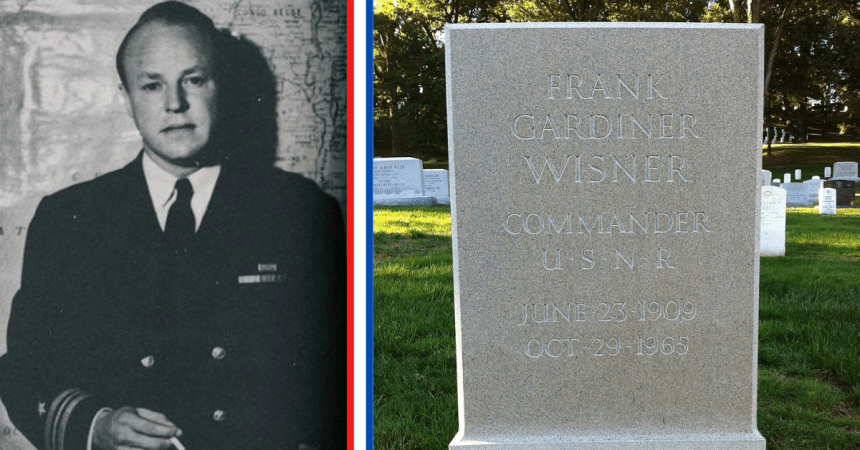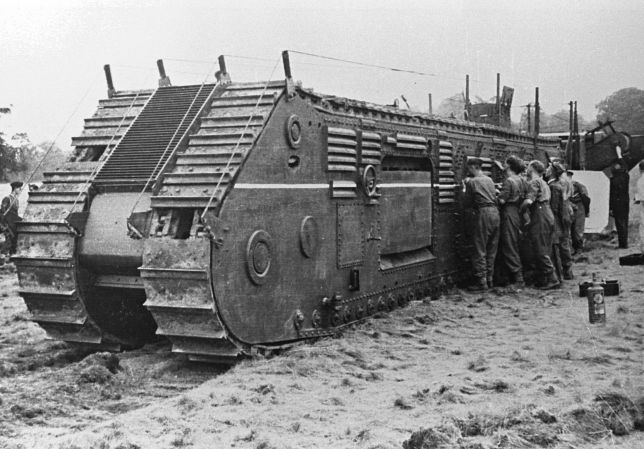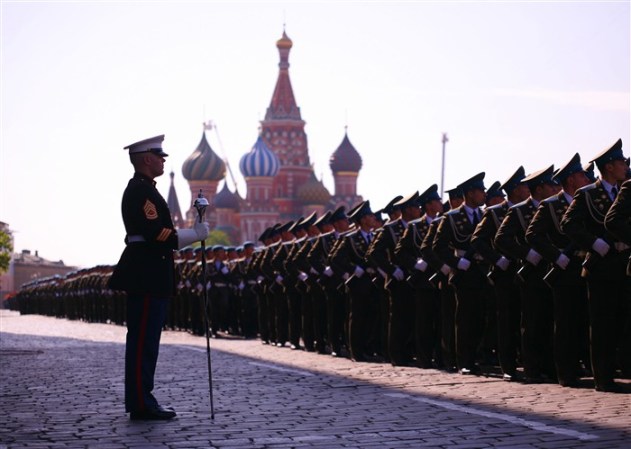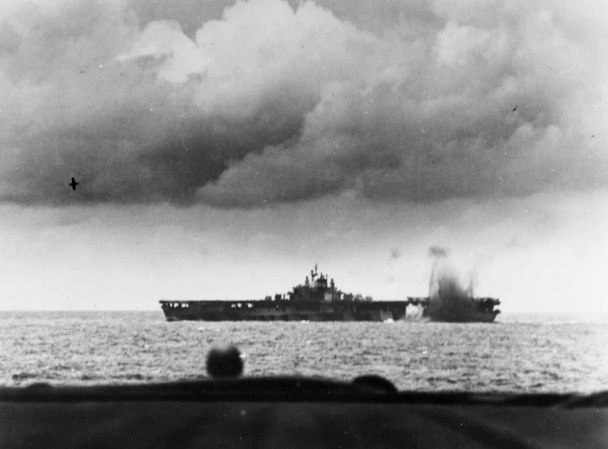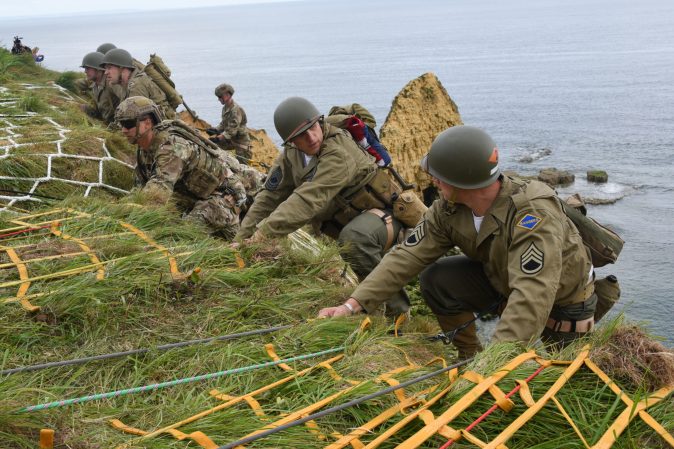“Blitzkrieg,” a powerful term born from WWII, symbolizes the rapid, forceful combat style that defined Nazi Germany’s tactics. This war doctrine wasn’t just an element of the war. It was the tactical embodiment of the desperation and aggression that pervaded the era. The blitzkrieg pushed the world to the brink. Countries became battlefields and ordinary men and women became heroes and villains. When we delve into ‘Blitzkrieg,’ we’re exploring a narrative woven with diverse threads—causes, major battles, atrocities, key players, advanced technology, civilian experiences, and an enduring legacy.
Pre-war powder keg
The causes of WWII weren’t just political—they were also rooted deeply in societal unrest. The punitive Treaty of Versailles, which ended WWI, left Germany simmering with resentment. This treaty wasn’t a path to peace. It was a roadmap leading the world the next global conflict.
It bruised Germany’s ego and bled its economy. This created a vacuum that Hitler deftly filled, manipulating public sentiment to rise to power. Add to this the economic turmoil of the Great Depression, and you had a recipe for catastrophe. The failure of appeasement was the final domino. It signaled aggression could be rewarded, which set the stage for a conflict that would engulf the world.
Battles of WWII: Allies vs. Axis
The battles of WWII were titanic clashes that redefined the art of war. Consider Stalingrad, a brutal demonstration of the Eastern Front’s unforgiving nature. It was a meat grinder consuming men, machines, and morale over five brutal months in the frigid Russian winter. Service members and civilians were trapped in a city-turned-battlefield, showcasing the grim reality of total war.
Then there was Midway. This Pacific naval skirmish was a decisive moment that checked the Japanese advance, a chess match fought not just on the waves but in the skies, where intelligence and audacity held the keys to victory.
And D-Day, which some agree was the most significant amphibious invasion in history, wasn’t just an assault. It was a gambit played on the grandest scale. Every foot gained was a triumph, every beachhead a testament to the courage of the soldiers who stormed the shore. In turn, it heralded the beginning of the end for Nazi Germany.

Holocaust horrors
The Holocaust, driven by Hitler’s Nazi regime, casts a long, dark shadow over WWII. This wasn’t just systemic murder—it was industrial-scale genocide. Approximately six million Jews were systematically exterminated in concentration and extermination camps like Auschwitz and Treblinka. These were more than just camps. They were factories of death, methodically designed to erase an entire people from existence. Every name, every life lost, marks a separate tragedy within this darkest chapter of human history. Each story serves as a haunting reminder of the depths of inhumanity that can arise in times of chaos and fear.
Warfront Allies and Axis
It’s important to understand WWII wasn’t just a war that involved a few countries. Instead, it pitted the Axis Powers – Germany, Italy, and Japan – against the Allied forces, mainly the UK, USA, USSR and China. The strategic gambits might’ve been born in war rooms, but they happened on land, sea and air. The Axis powers, relying on the rapid offensive “blitzkrieg” tactics, moved like lightning across the chessboard. In contrast, the Allies played the long game, armed with superior resources and strategic cooperation. Their steadfast resistance wasn’t merely a military strategy. It was a testament to international unity confronting tyranny.
Women in WWII
The role of women in WWII transcended traditional norms and societal expectations. Women were filling vacancies left by service members deployed to support the conflict. However, they were also shattering barriers. Women on the home front stepped into roles traditionally held by men. This helped keep the gears of industry turning while their husbands, fathers, and brothers fought overseas. Others served in auxiliary roles, or even on the frontlines, their bravery challenging preconceptions of what women could do. This shift in workforce demographics saw ripple effects in the wider world. It helped redefine the role of women in society, underscoring their irreplaceable contribution to the war effort and beyond.
Weapons and tech
In the context of WWII, the advancements in tech and weaponry were game-changers. To illustrate, machines like the Enigma served as much more than mere devices; they became vital keys to secrets that could decisively turn the tide of war. As a result, this technological advantage enabled the Allies to intercept crucial Axis communication, providing them a strategic upper hand. On a different front, the V-2 rockets, impressively deployed by the Nazis, emerged not just as weapons but as harbingers of a new age of warfare, distinguishing themselves as the first long-range guided ballistic missiles. Towards the war’s conclusion, the atomic bombs dropped on Hiroshima and Nagasaki by the USA were far from being ordinary destructive devices. Instead, they symbolized a quantum leap in destructive power, offering a grim, stark reminder of the devastating potential of warfare.
Civilian impact: scars of war
For civilians, WWII was a daily battle for survival. Just like the service members deployed around the world, civilian lives echoed the challenges of war. Air raids were terrifying reminders of a world at war. And it wasn’t just the raids. The war directly impacted every aspect of life. For example, rationing served as a collective commitment to direct resources where they were needed most. And losing loved ones became an all-too-common occurrence, a shared sorrow that permeated every corner of the globe. Despite their hardships, the resilience and contributions of civilians were an essential front in this total war.
Turning the tides
D-Day was a momentous thrust against the walls of Fortress Europe. It directly countered the rapid aggression of the Nazi Blitzkrieg tactics. On June 6, 1944, this epic assault involved over 150,000 Allied troops. Together, united by a common goal and a common enemy, they descended upon Normandy’s beaches in an operation of unprecedented scale and complexity. Their primary mission was not just to secure the coastline but also to pierce the Atlantic Wall, turning the Blitzkrieg back on the Nazis and liberating Western Europe in the process. This audacious move opened a new front against the Nazis and signaled a significant turning point in the global conflict.
War across the waters
The Pacific Theater was a massive operational theater that stretched over vast distances, from the steamy jungles of Guadalcanal to the coral-stronghold of Okinawa. The attack on Pearl Harbor wasn’t merely an assault; it was a wake-up call that propelled the USA into the conflict. Battles like Midway and Guadalcanal were critical pivots that shifted the momentum in favor of the Allies. The war in the Pacific culminated with the atomic bombings of Hiroshima and Nagasaki, not just ending the war, but signaling the dawn of a new era in warfare.

Aftermath: WWII’s long shadow
Undeniably, the aftermath and legacy of WWII continue to pervasively influence our world even today. Following the war’s immense devastation, there was a drastic geopolitical shift that took place. Consequently, this led to the emergence of the USA and USSR as global superpowers and, interestingly, set the stage for the start of the Cold War. In the wake of the conflict, the world conducted post-war trials, effectively holding leaders accountable. As a result of these trials, there was a crucial development: the establishment of international laws against crimes of war and humanity.
Unraveling the threads of WWII’s Blitzkrieg is a complex task. The conflict’s impact was far-reaching, altering the course of human history. But understanding this history is essential, lest we forget the devastation that worldwide conflict brings and the heroism that emerges in response.


